A powerful message from a powerful artist........
If you were a talented artist who spent hours and hours drawing three dimensional images in 9B graphite pencil, would YOU then turn around and rub it out straightaway? I know that I definitely would NOT!!
Yet that is exactly what Lucienne Rickard, a very talented artist from Franklin, (south of Hobart, in Tasmania), has been doing, up until recently!
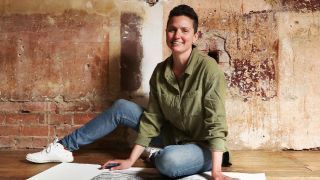
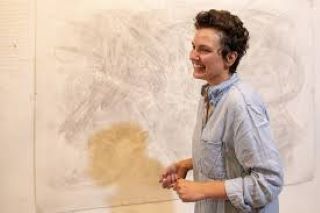
Her latest project, called Extinction Studies began in September 2019 at the Tasmanian Museum and Art Gallery (MTAG). Commissioned by the Detached Cultural Organisation, the objective was to understand the process of species extinction and shine a spotlight on concerns for the future of biodiversity in the natural world.1
Beginning each day during museum opening hours, Lucienne would draw an extinct animal on a huge piece of graphite film, and then immediately erase it. Next day, she would begin another detailed drawing on the same paper, eventually wearing it thin, with the previous erasings still showing through, and the shavings gathering around her feet.
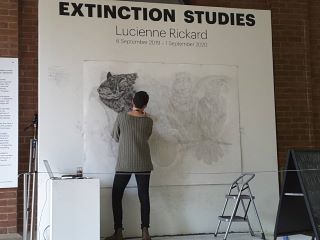
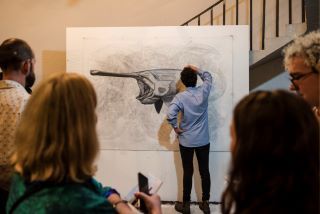
Each extinct species Lucienne draws is sourced from the International Union for Conservation of Nature’s (IUCN) Red List of Threatened Species, the authoritative list of extinct and threatened species used by scientists globally. Her images have included the Australian Big Eared Hopping Mouse and The Chinese Paddlefish, below:
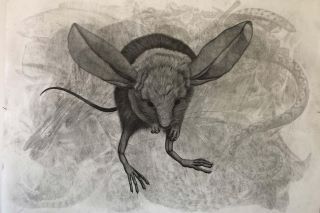
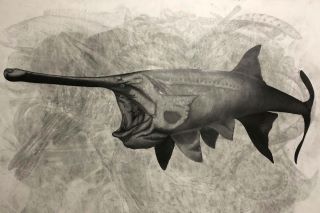
Lucinne completed a Bachelor of Fine Arts at Queensland College of Art in 2001, Honours (First Class) in Fine Arts, and then completed her PhD in Fine Arts at the University of Tasmania. She initially started working in sculpture, but turned to drawing for practical reasons, working in graphite pencil almost exclusively.
Since then she has participated in numerous solo and group exhibitions in Australia. Lucienne has exhibited with the Beaver Galleries in Canberra since 2010. In 2014, she was selected to participate in “Primavera”, the Museum of Contemporary Art’s annual showing of bold new work from young Australian artists. Lucienne’s piece Caring, was recently acquired by the National Gallery of Australia. 3
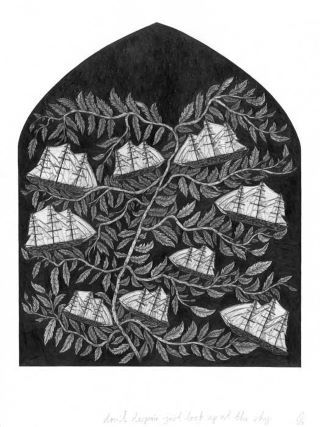
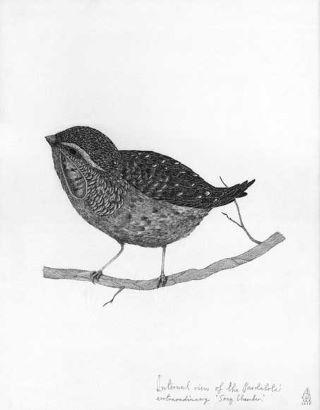
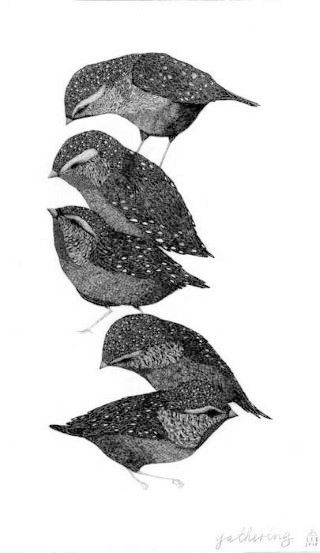
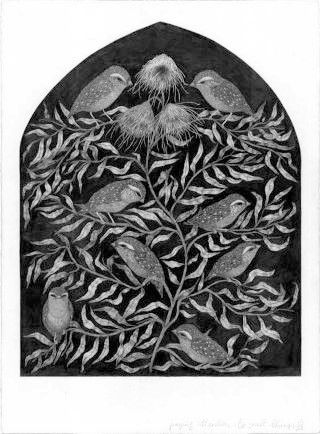
In an interview with Jacqui Taffal, Media Liaison for the National Art School in Darlinghurst, New South Wales, in April 2020, Lucienne revealed that, despite being an established artist for fifteen years or so, it is the first time she has undertaken such a project, working “live” and accessible to the public. She assumed it would be arduous and depressing, but instead has found the interactions with people, and their different reactions, fascinating and uplifting.
She says it is opportune to be drawing attention to this important subject, with 40 species being added to the “critically endangered” list in Australia alone. 2
It’s an important, powerful message, from a very powerful, vibrant artist.
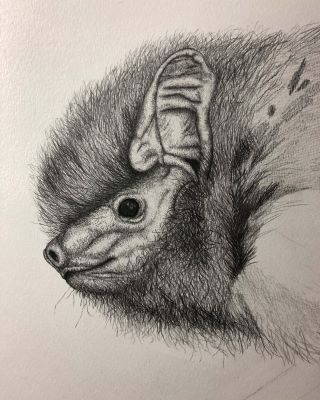
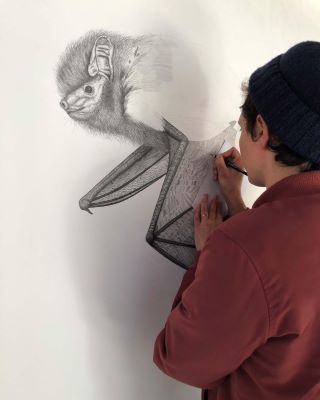
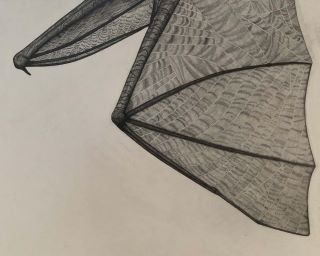
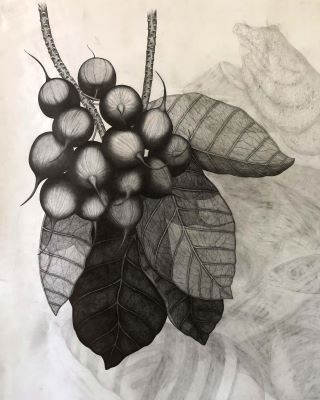
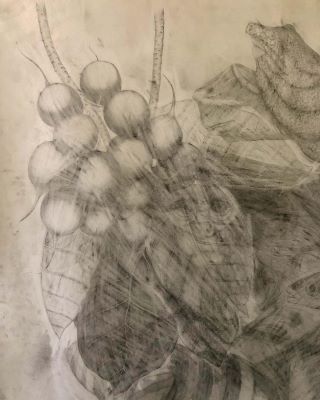
Early in the project, a young boy watched her erase a drawing and afterwards asked the most salient question to date. How does erasing a drawing help stop extinction?4
The kid had a point. What was to be gained from the project? Why invest so much time in something that offered no return? Months on, she is resolved. The project works precisely because any notions of gain are off the table.
“We often think of extinction in those terms. How the loss of a species might affect our own lives, how saving it might ensure our own wellbeing. But the loss of a single species is a tragedy in its own right. Each species has its own innate value, entirely separate to the value we prescribe it. I think that’s all the incentive this project needs. I can give these species some of my time. It’s a small thing. And it’s something they’ve run out of.”4
The project was intended to run for 12 months, from September 2019 to September 2020, but of course, is now on hold indefinitely, unfortunately. Like many of us, Lucienne is now spending time at home in Tasmania. However, she is keen to complete the remaining 6 months of the project, even if it has to be via a Live Stream (video) interaction.2 We hope she can resume this powerful project soon……..
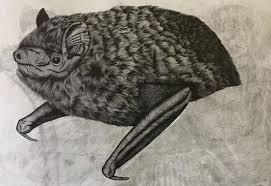
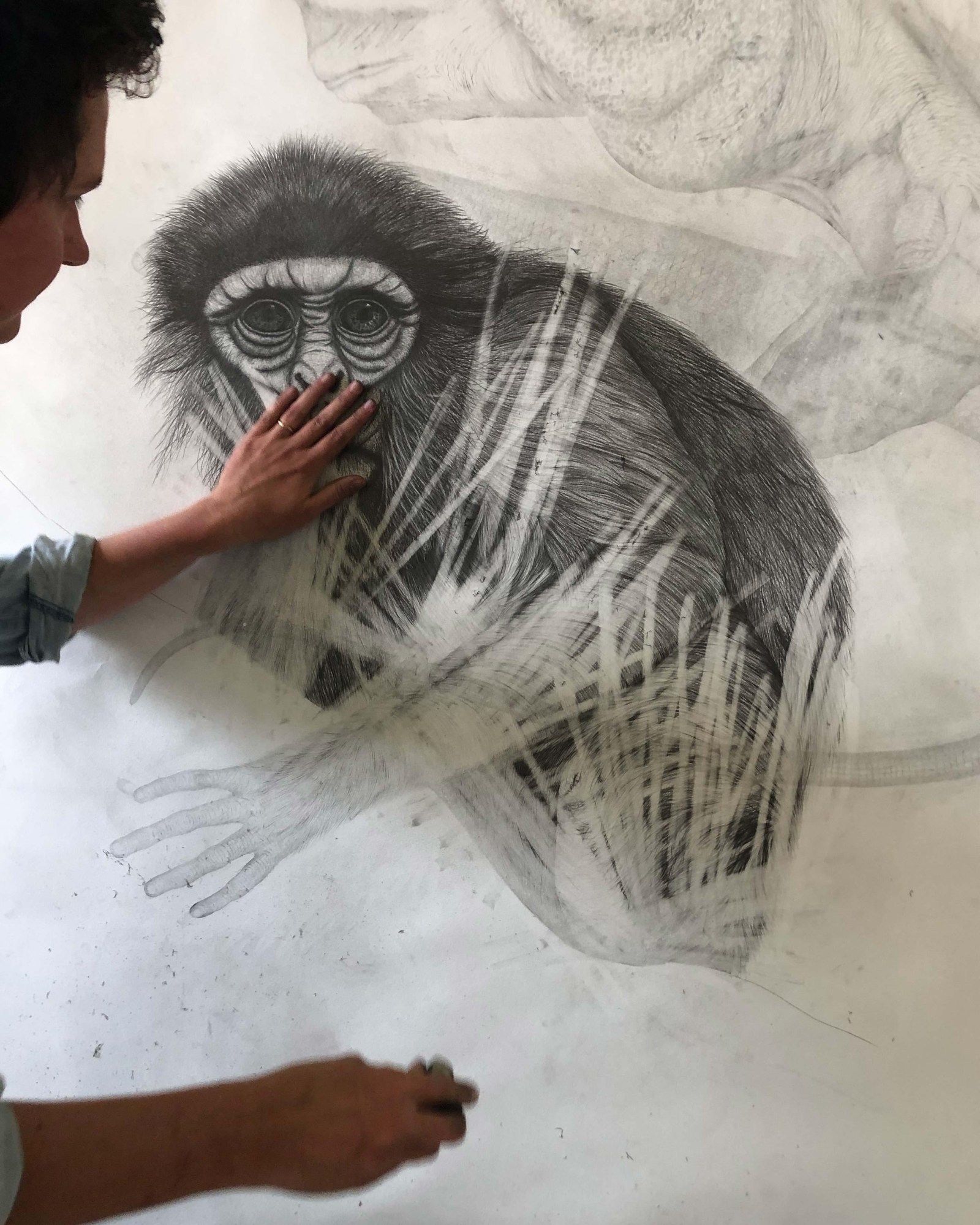
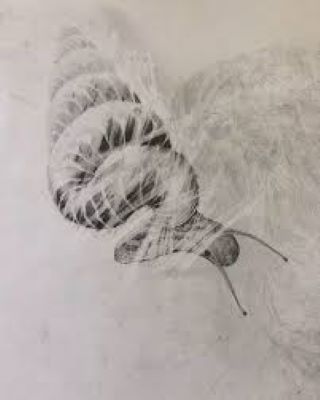
Interesting fact!
Lucienne is clearly a prolific graphite artist. When asked 5 about her greatest achievement she answered: ”The most satisfying thing I have made so far might not be classified as an actual art-work. I have kept all my pencil stubs and shavings from the last five years (approximately the time frame that I have worked exclusively with 9B pencil on drafting film). The pencils stubs have been glued in rows inside an old window frame I bought from the tip shop. I refer to it as the pencil graveyard, and the stubs have to recede to an unusable length to be included. There are around 1,200 pencils stubs, which have just recently filled the frame. The pencil shavings fill around 12 or 13 jars/tins of varying sizes. I feel incredibly attached to the materials I make with, and am weirdly proud of these collections.”
Footnotes
- Detached Cultural Organisation, Tasmania. detached.com.au
- Interview with Jacqui Taffel, National Art School Media Liaison, April 2020.
- Beaver Galleries, Canberra, beavergalleries.com
- Interview with Keely Jobe, PhD candidate, University of Tasmania. Published by The Plant Hunter, planthunter.com.au
- Interview with Melissa Pesa, Digital Editor, Art Almanac, 1 September 2016
